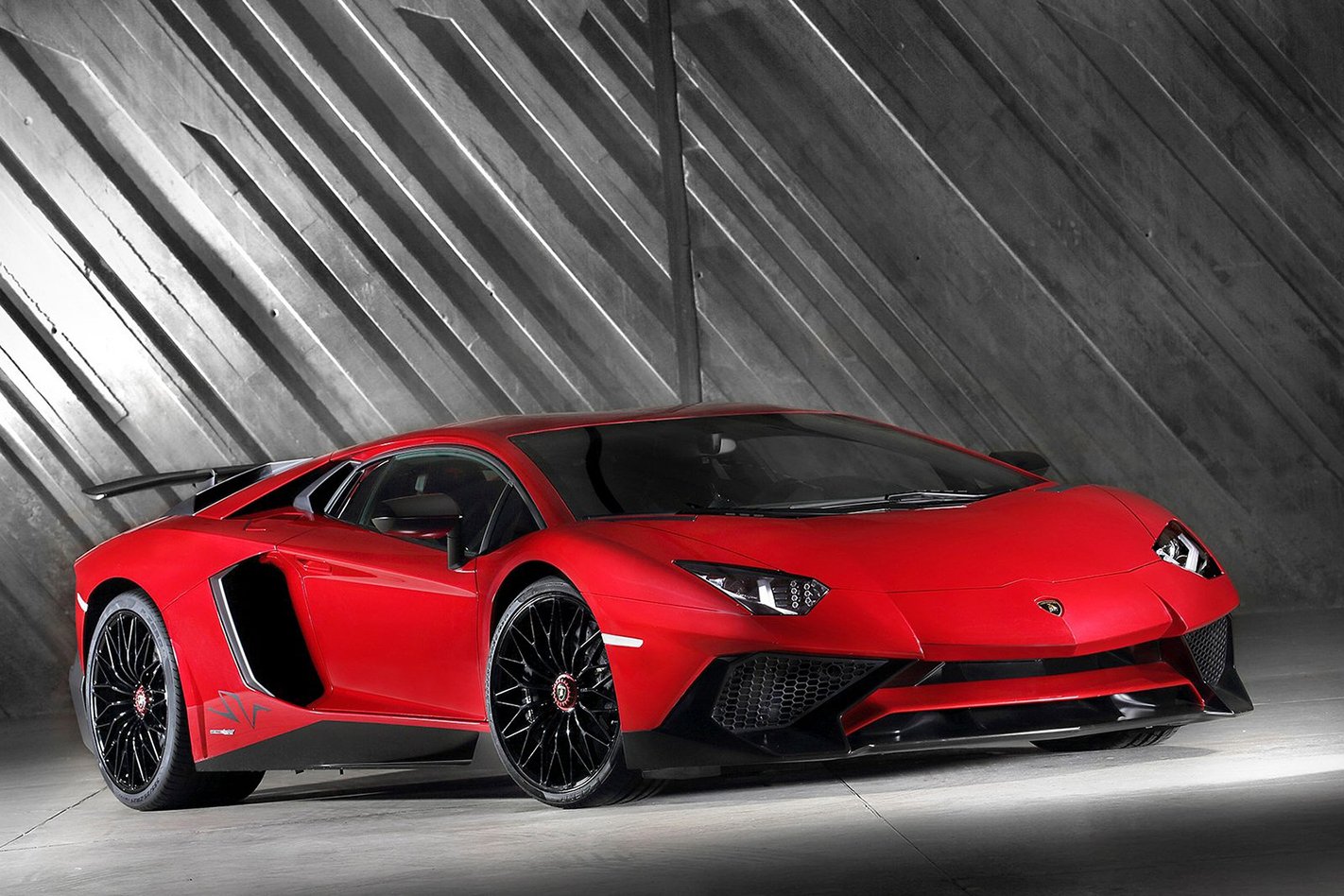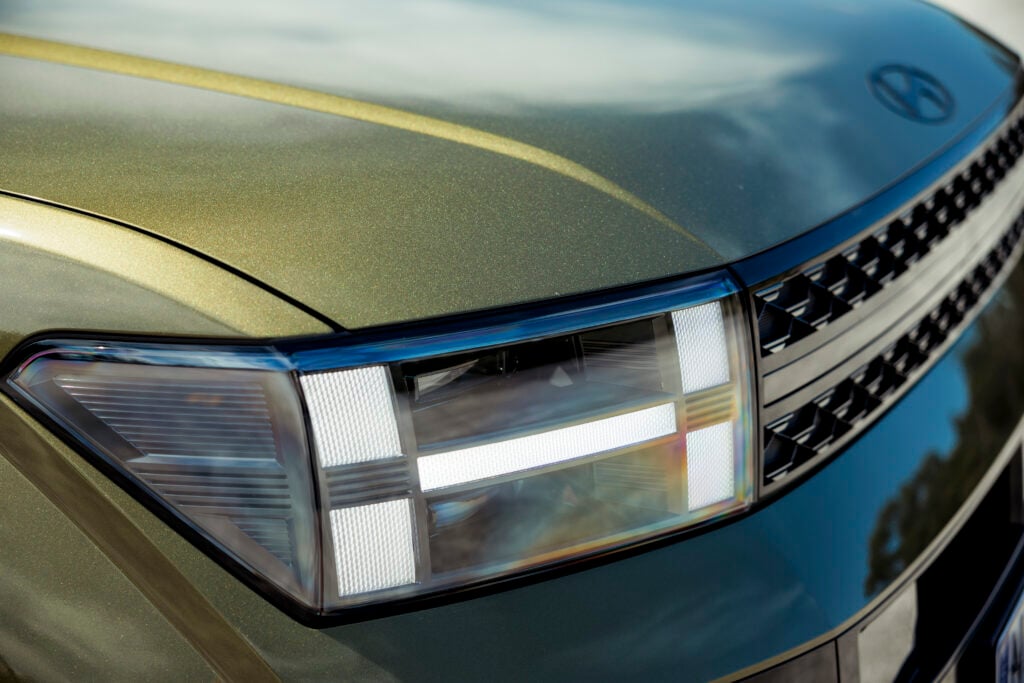Technology has given us many, many gifts – self-hypnotic screens to enslave our youth, 3D printers that can make guns, Donald Trump’s hair – and yet perhaps none is so great as the ability to drive cars that would otherwise kill us.
There must have been a point in the supercar arms race where some engineers looked at what they were about to attempt – putting a huge number of kilowatts to the ground through some rear-wheel driven stunner – and shared a quiet “gulp” moment. Because cars like the 559kW Ferrari F50 of long ago 1995 had no traction control (and no ABS, nor power steering), and were thus really only viable as non-fatal forms of transport in the hands of race drivers, or at least wannabe ones.

And when given the ability to keep pushing the envelope, engineers somehow always find a way – as they have with the new Ferrari 488 GTB.
Ferrari engine specialist Nicola Pini told me at its launch that if they’d really wanted to, they could have found the extra 100 horsepower they’ve wrung out over the 458 without using turbocharging (and from his tone, you could tell he would have liked to).
“Technically it is possible to achieve the performance, but not the usability of the car,” he explained. “The result would be at 2000rpm, when you push the pedal, bang, you feel like on a motorbike.”
He grinned and went quiet then, shutting his eyes in a moment of reverie and no doubt imagining how much fun such a Ferrari would be.
What I noticed about trying to get all of the 488’s slightly crazed 493kW to the ground is that the traction-control light flickers almost constantly, like a frenetic firefly, as the computers somewhere in front of you desperately fight a battle between raging horsepower and desperate grip.
The Ferrari’s system is so good, of course, that you don’t feel like it’s taking power away from you, even though it must be. But it’s still a clear sign that this car is, whisper it, damn near too powerful for public roads.
I asked the Ferrari test driver at Fiorano who was throwing me around in the new car like a sock in a dryer whether he thought it was possible to drive the 488 GTB, sanely, with all the electric aids off.
His answer was wonderfully Italian: “For me, yes; for you… not so much.”

Even the application of three-quarter throttle would cause the most terrific amount of scrabbling for grip at the back, followed quickly and excitingly by the rear stepping sideways on you at terrific speed – a slide the electronics quickly and neatly brought back under control before my stodgy human reactions had even kicked in.
This astonishing car can accelerate from zero to 200km/h in 8.4 seconds. Which is the kind of speed test that matters, according to the folk at Lamborghini, because apparently any damn fool can make a car hit the old yard stick of 100km/h in around three seconds, and going any faster to that point is more about grip and tyres than grunt.

The argument from Lamborghini for some time has been that the power wars are over, and the future is all about lighter weight. But even that argument only works while computer-honed downforce, and the usual safety systems, are sticking their cars to the road.
It might all seem like highfalutin, high-dollar stuff, but when you consider that the next SS Commodore is threatening to make 310kW, some 34kW up on the original Lamborghini Countach, you can see that dealing with big power is something even mere mortals increasingly have to contend with.
I am not, for one moment, suggesting that car companies are going too far with their power outputs, or that we should have some kind of GT-HO-style anti-horsepower campaign, I’m merely pointing out that computers are our new masters and that I, for one, welcome their impending takeover.





